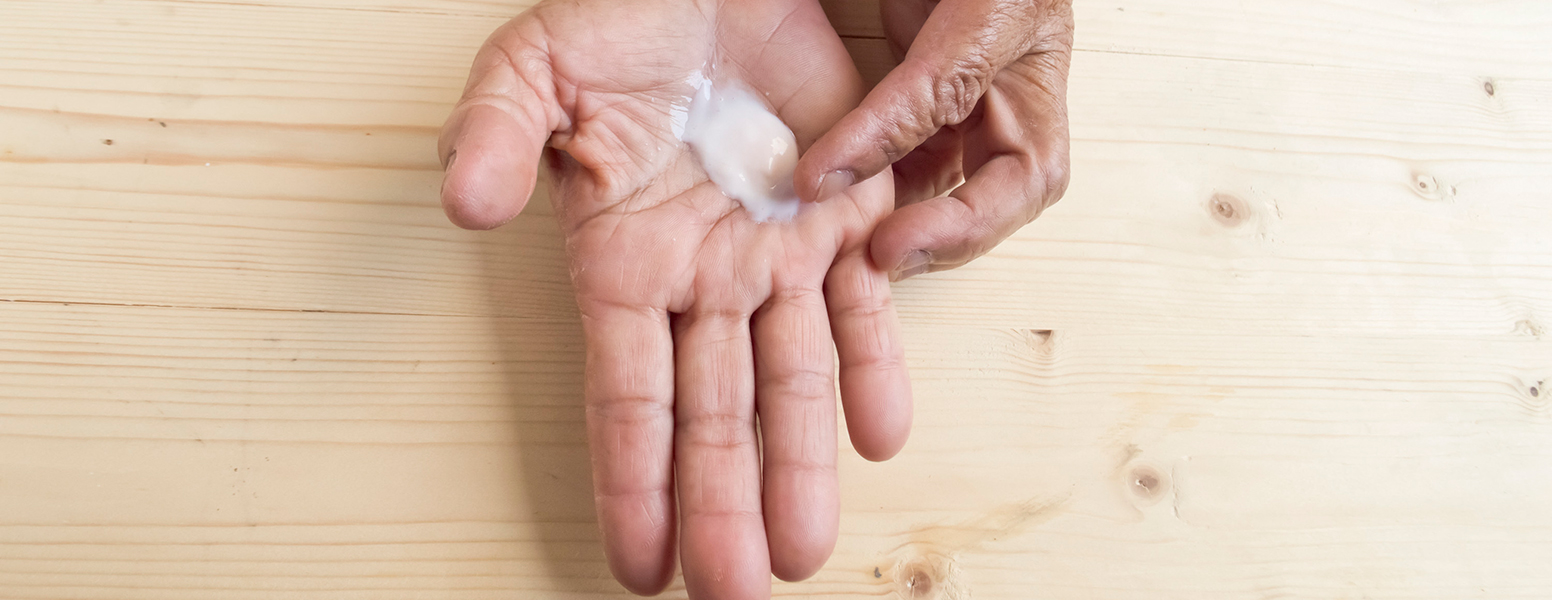Urinary incontinence associated dermatitis is an international health challenge and has already been recognized as a risk factor for the development of pressure ulcers.
The ability of clinicians to provide evidence-based care is limited by the lack of internationally accepted definitions and terminology, high-quality studies, and international or National guidelines.
In September 2014, a team of international experts met in London to review the gaps in knowledge relating to Incontinence Associated Dermatitis and to formulate best practice principles to fill these gaps.
The team of experts intends to improve patients’ quality of life by providing instructions on caring for the skin.
DEFINITION
Incontinence associated dermatitis is damage to the skin caused by exposure to urine or faeces.
It causes considerable discomfort and treatment may be difficult, time-consuming and very expensive.
IAD is a type of irritant contact dermatitis (skin inflammation) seen in patients with faecal and/or urinary incontinence.
It is also known as perineal dermatitis, nappy rash, etc. and forms part of a wider range of dermatological conditions referred to as moisture-associated skin damage (MASD).
How to recognize incontinence associated dermatitis
In fair-skinned persons, incontinence associated dermatitis is initially presented as an erythema that ranges in colour from light to dark red or yellow. The affected area may be extensive or localized, with indistinct borders.
As a result of the underlying inflammation, areas affected by IAD where the skin is intact may feel warmer and more infiltrated than the surrounding, unaffected skin. Papules, vesicles, bullae or small blisters may be present. The epidermis may be ulcerated at various depths; in certain cases, the entire epidermis is eroded. Patients suffering from IAD may experience discomfort, pain, burning, itching in the affected area. Pain may be present even when the epidermis is intact.
The following points may help in the differential diagnosis of incontinence associated dermatitis from bed sores:
- IAD may appear in areas where the skin comes into contact with urine or faeces. Conversely, pressure ulcers appear over bony prominences, in the absence of moisture.
- IAD-affected skin is red or bright red. In pressure ulcers, skin may be red or fibrous, yellow, or black.
- In IAD, damage to the skin is diffuse; in ulcers the borders are clearly defined.
- In IAD the depth of the damage is limited without necrotic tissue. In pressure ulcers the depth of damage to the skin may vary.
How to prevent incontinence associated dermatitis
Incontinence associated dermatitis may be prevented in three ways:
Cleansing, moisturizing and protecting the skin:
- Cleanse the skin with a mild soap with skin-compatible pH and containing surfactants that remove urine and faeces from the skin.
- Cleanse the skin regularly and whenever it is soiled. Use lukewarm and not too hot water and do not rub, to prevent further damage to the skin.
- Moisturize the skin daily. Moisturizers may be incorporated in a cleanser. They usually contain lanolin, to replace the lipids of the stratum corneum.
To protect the skin, apply a barrier/moisturizing cream or a spray, if the patient loses significant quantities of urine or faeces. The barrier cream may be based on mercury, Vaseline, simethicone, an acrylic polymer or some other base. Special algorithms guide you in selecting the right products. If this protocol fails, the patient is referred to specialized centres. To avoid the patient’s skin coming into contact with urine or faeces, there is the option of using an external catheter for men, a bag for women, or a special stool bag.
Lastly, ensure you select incontinence diapers that have been designed to be kind to the skin, to avoid irritation. Products with a hygienic breathable cotton top sheet that allow skin to breathe, impregnated with aloe vera extracts and Vitamin E, contribute effectively to the care of the skin. In addition, make sure you choose special wet wipes, specially designed for the sore skin of adults with incontinence symptoms: they are formulated with glycerin, panthenol and aloe vera, and cleanse and moisturize gently, without irritation.
Sani incontinence products have been designed based on the Sensitive Concept, which combines maximum absorbency with skin friendly protection. The Sensitive Concept indisputably adds value to personal hygiene. MEGA was the first company in the world to develop this concept, in Greece, aiming to better meet the needs of sensitive skin.
Kindly contributed by Urologist – Andrologist Surgeon, Dr Charalambos P. Asvestis





